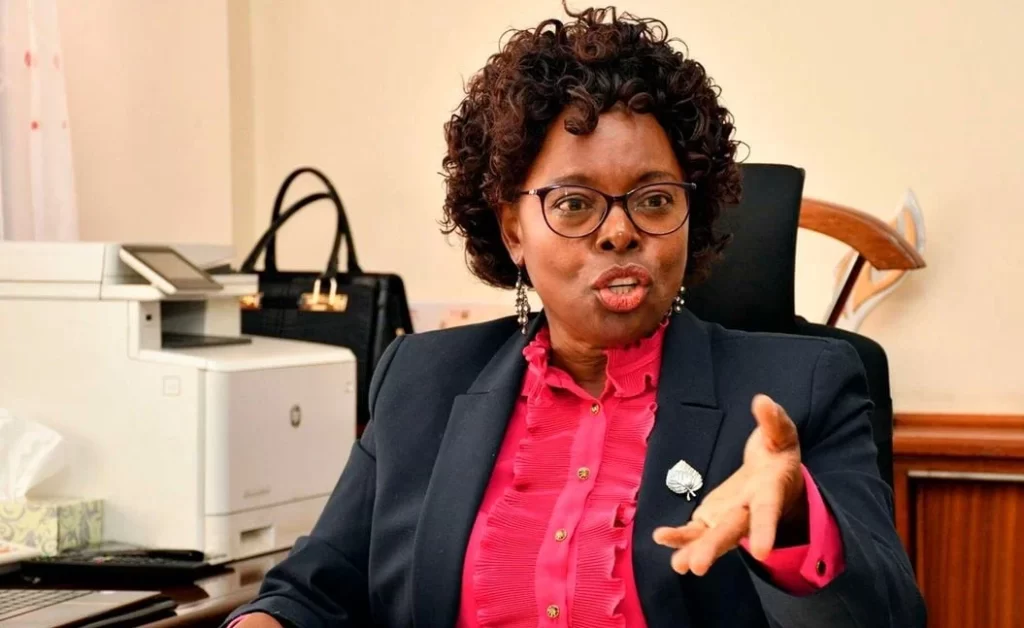
Kenya’s Controller of Budget Margaret Nyakang’o. PHOTO | COURTESY
In Summary:
- Controller of Budget Dr. Margaret Nyakang’o questions government spending of Ksh.51 billion over six months without proper approval.
- The report reveals allocations for vehicle purchases and State House renovations among irregular expenditures.
The Controller of Budget, Dr. Margaret Nyakang’o, has raised concerns over the government’s expenditure of Ksh.51 billion within six months without requisite approval from her office and the National Assembly.
In her report on government spending for the first half of the financial year, Dr. Nyakang’o highlights the exploitation of a legal loophole, allowing ministries, departments, and agencies to access additional funds under Article 223 of the Constitution.
This provision was utilized by the government for various expenses, some of which weren’t deemed emergencies.
Notably, allocations included Ksh.700 million for the construction of a modern presidential dais at State House and Ksh.400 million for the purchase of motor vehicles in July.
Additionally, the State department for the East African Community received Ksh.16.3 million for official vehicle purchases in August.
Other expenditures encompassed Ksh.1.82 billion for stabilizing petroleum pump prices, Ksh.2.4 billion for relief food and non-food items, and Ksh.2.24 billion for maize drying and storage facilities procurement.
While the law permits such withdrawals under Article 223, parliamentary consent should be sought within two months. However, only Ksh.3.29 billion of the total expenditure had proper approvals.
The report also reveals the government’s spending priorities, with Ksh.1.23 trillion directed towards recurrent expenditure, mainly personnel emolument, and a meager Ksh.70.41 billion allocated for development projects.
This spending scrutiny comes amid concerns raised by the Controller of Budget regarding the escalating public debt, which exceeded the legal limit, reaching Ksh.11.14 trillion by the end of 2023.
Dr. Nyakang’o emphasizes the need for the government to curtail its borrowing appetite.
